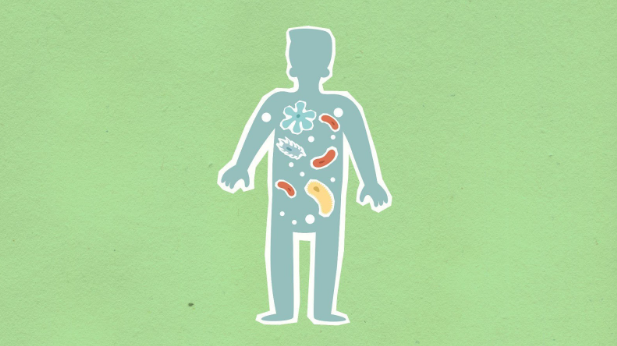The human body is a universe of tiny activity. Inside every organ and tissue, millions of cells work behind the scenes. They grow, repair, defend, and communicate. We often focus on symptoms when something feels off. But the real story unfolds deep inside those microscopic worlds. New imaging technology now gives us a front-row seat. And it’s changing how we think about health and disease.
Seeing the Unseen
A big part of this transformation comes from fluorescence microscopes. These tools do more than magnify. They reveal what the naked eye could never catch. They light up proteins, track signals, and map the life of a cell in real time. Scientists use special dyes or tags that glow under specific light. The glow highlights how cells behave, how they react, and how they change.
This deeper look is more than science fiction. It lets researchers watch cells respond to treatments. It shows how disease spreads or how the immune system fights back. The images they capture are not just beautiful. They offer clues about what is happening inside your body long before you feel any symptoms.
A New Chapter in Disease Detection
Most diseases begin quietly. By the time we notice, they may already have progressed. Fluorescence imaging changes that timeline. It allows scientists to detect signs of disease much earlier. They can spot subtle shifts in how cells move or how they divide.
Cancer is one example. Researchers can watch tumor cells as they grow. They can track how those cells evade immune responses. They can even see how treatments affect them in real time. This kind of early, detailed insight could lead to earlier diagnosis. It could guide better treatment choices. For many conditions, that means more effective care and better outcomes.
Personalizing Your Treatment
Not all patients respond to therapy in the same way. Traditional medicine often relies on trial and error. Doctors prescribe a treatment and wait to see if it works. Advanced imaging tools help shift that approach. By watching cells respond to different treatments in a controlled setting, doctors can predict what will work best.
This creates a more personalized plan. Instead of a one-size-fits-all model, patients can receive targeted therapy designed for their biology. It reduces side effects and improves results. The data from fluorescence imaging can also guide adjustments mid-treatment. If something is not working, doctors can see it before the patient feels worse. That flexibility can be life-changing.
Understanding How the Body Heals
Healing is a complex process. Cells rush to repair damage. They rebuild tissue. They signal for help. Each step follows a pattern that researchers are now mapping with advanced imaging.
Watching these steps in action helps scientists understand why healing sometimes fails. It also shows why some conditions become chronic. This knowledge fuels new therapies that work with the body instead of against it. It could also improve recovery after surgery or injury. Seeing healing in detail opens the door to treatments we could only dream of before.
Tracking the Effects of Lifestyle Choices
Your daily choices shape your health at the cellular level. Diet, exercise, stress, and sleep all leave their mark. Fluorescence imaging shows exactly how. Researchers can watch how cells respond to changes in nutrition. They can measure how stress hormones affect cellular aging. They can even track how exercise strengthens certain cell types.
This is powerful because it turns vague advice into visible science. Instead of guessing how habits affect your health, you can see the direct impact. That kind of evidence motivates change. It also helps experts design lifestyle plans with measurable results.
The Role in Regenerative Medicine
Regenerative medicine is one of the most exciting frontiers in healthcare. It focuses on repairing or replacing damaged tissues. Stem cells play a key role in this field. But understanding how they behave is critical before they can be used safely.
Fluorescence microscopes allow researchers to watch stem cells mature and integrate. They track how these cells adapt to their new environment. This insight makes therapies safer and more reliable. It also speeds up research into conditions once thought untreatable. From spinal injuries to heart disease, the possibilities are expanding fast.
A Window Into the Future of Health
We are still at the early stages of what advanced imaging can do. But the potential is huge. These tools will keep improving in detail and speed. They will deliver clearer pictures of what happens inside the body. They will help doctors diagnose conditions earlier and treat them more effectively.
More importantly, they will give us a deeper understanding of what keeps us healthy in the first place. We will see the real impact of our choices. We will know more about how to support our bodies before problems start. The future of medicine is not just about new drugs or devices. It’s about seeing life at its smallest scale and learning how to guide it.

Final Thoughts
The tiny worlds inside your body hold the answers to many medical mysteries. Fluorescence imaging opens a window into that hidden universe. It helps us understand how diseases start, how they spread, and how they can be stopped. It turns treatment into a precise science. It connects lifestyle choices with cellular outcomes.
In many ways, it is the missing link between biology and better health. And as the technology continues to evolve, it promises to change how we care for ourselves. The future of medicine is already here. It starts not with symptoms or scans, but with the living, moving story of your cells.
